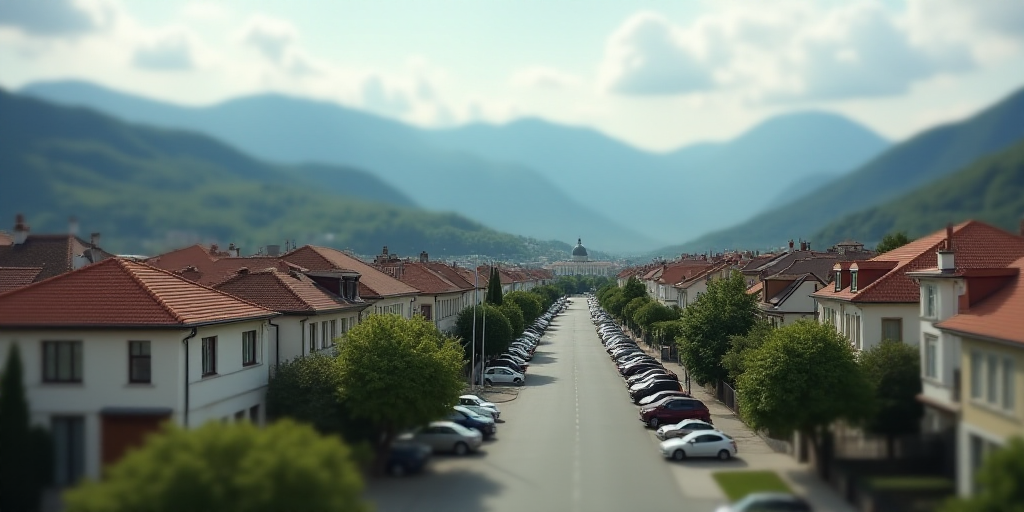Background on Canadevi and its Relevance
Canadevi, the National Chamber of Real Estate Development and Housing Promotion in Puebla, plays a crucial role in addressing housing demands within the region. As the voice of developers and promoters, Canadevi works closely with local authorities to ensure sustainable housing solutions for Puebla’s growing population.
The Current Housing Situation in Puebla
Ariosto Goytortúa López, president of Canadevi, has highlighted a pressing issue: the shortage of available land for housing development in Puebla. With a rising demand for affordable homes, particularly among lower-income families relying on Infonavit credits, Goytortúa López emphasizes the need for more land reserves.
Land Shortage and its Impact
Goytortúa López explains that the current land deficit is expected to worsen over the next five years unless action is taken. In 2019, 15,000 homes were built, with 70% being vertical (high-rise) due to limited horizontal land availability. This trend has continued, with only 10,500 homes planned for the current year.
Horizontal Development Challenges
The president of Canadevi points out that building horizontal (low-cost) developments is unfeasible for developers because of high costs. These expenses are beyond the reach of families earning minimum wages, making it difficult for them to access affordable housing.
Canadevi’s Proposal for Addressing the Housing Demand
To meet Puebla’s housing demand, Canadevi proposes that the state government allocate 120 hectares for land reserves in the metropolitan area. This move would enable developers to construct more affordable homes, especially for lower-income families with Infonavit credits.
Annual Housing Target
Goytortúa López stresses that Puebla needs to build around 20,000 homes annually to keep up with demand. He notes that horizontal development for social housing is no longer viable due to escalating costs, which now exceed the typical budget of 700,000 pesos for a 52-square-meter home.
Population Growth and its Influence
The Canadevi president acknowledges that Puebla’s population growth, driven by migration for work opportunities, further exacerbates housing demand. This trend has been ongoing for the past five years, necessitating proactive measures from both authorities and developers.
Potential Solutions
Goytortúa López believes that collaboration between authorities and developers can help recover past housing production levels, particularly in Puebla City where 60% of the housing stock is located.
He also suggests repurposing abandoned colonial buildings in the Historic Center as a means to increase the annual housing target. However, high renovation costs set by property owners pose a significant obstacle to this idea.
Key Questions and Answers
- What is Canadevi? Canadevi is the National Chamber of Real Estate Development and Housing Promotion in Puebla, representing developers and promoters working to address housing needs in the region.
- Why is there a land shortage in Puebla? The limited availability of land for housing development has led to a shortage, with developers increasingly relying on vertical construction due to scarce horizontal land.
- What is the proposed solution by Canadevi? Canadevi seeks 120 hectares of land reserves in Puebla’s metropolitan area to build more affordable homes, especially for lower-income families with Infonavit credits.
- How many homes does Puebla need annually? To meet housing demand, Puebla should aim to construct around 20,000 homes each year.
- What challenges does horizontal development face? High construction costs make building affordable, horizontal developments unfeasible for developers, limiting access to low-cost housing for minimum wage earners.
- How does population growth impact housing demand? Migration for work opportunities has increased Puebla’s population, further straining the existing housing stock and demand.






